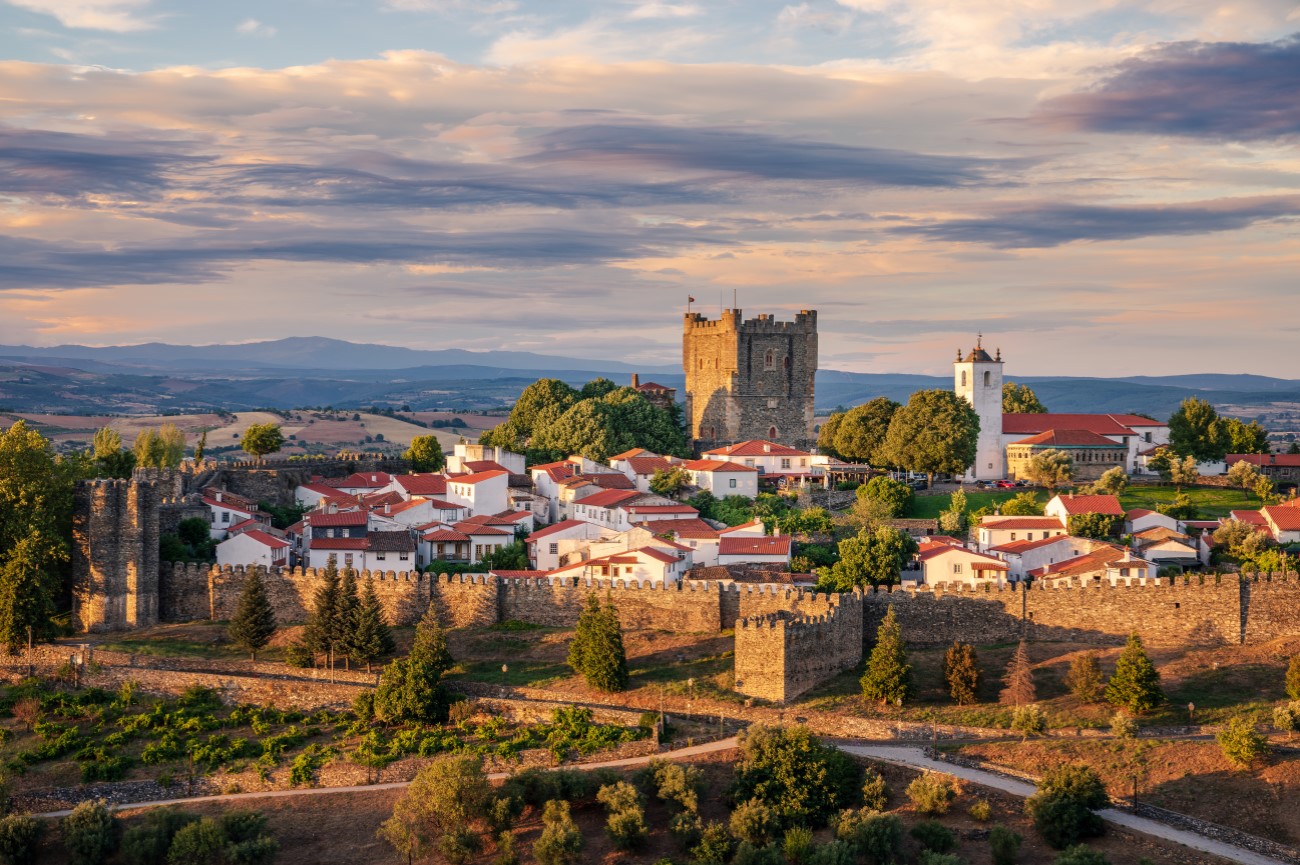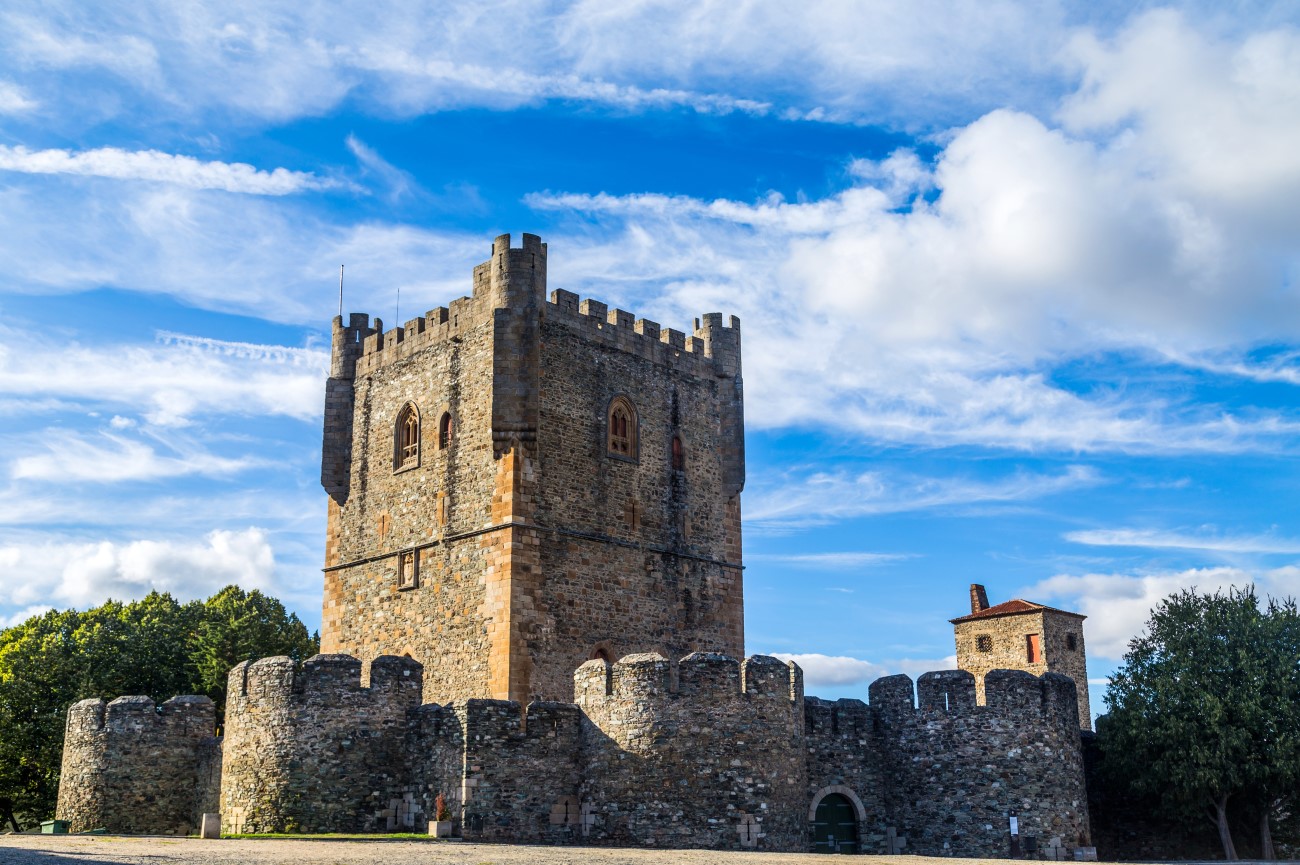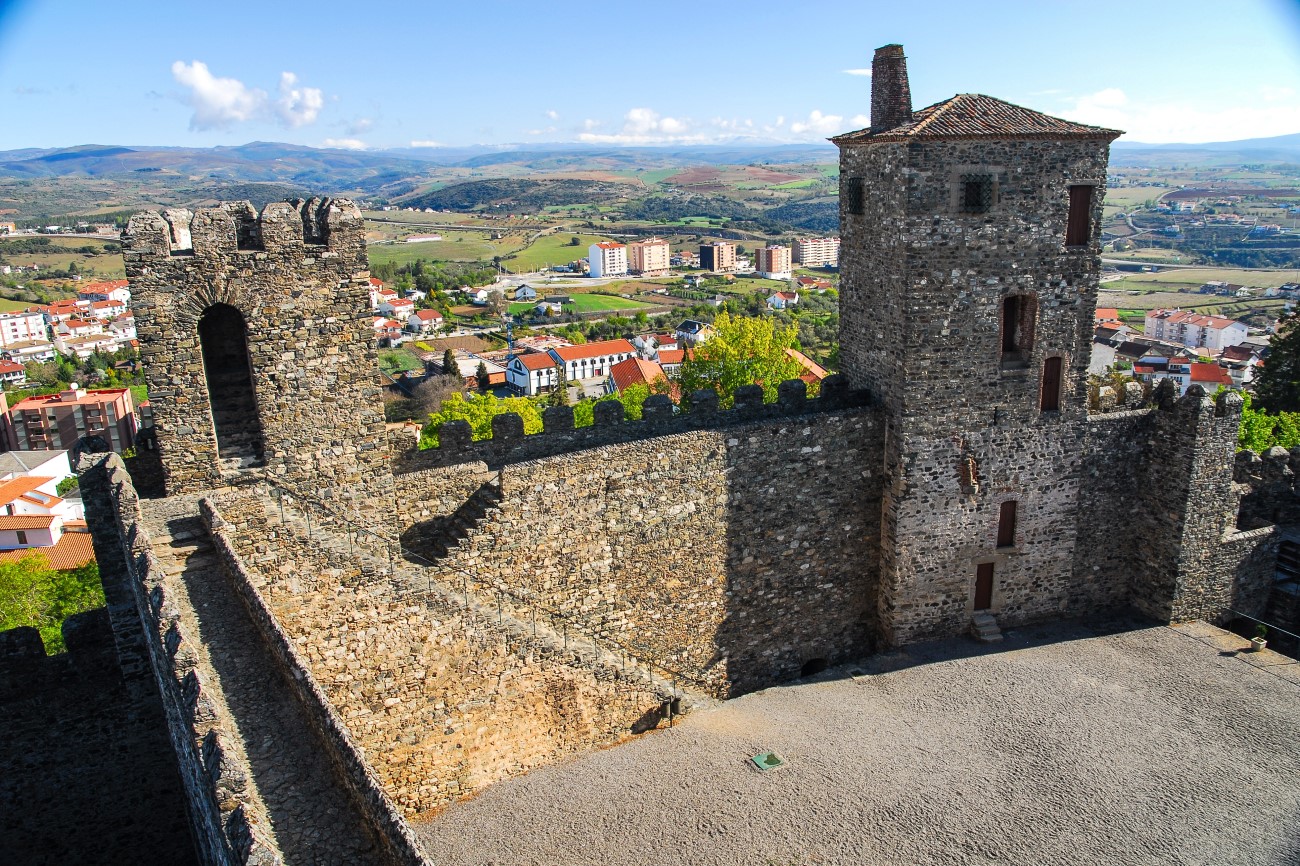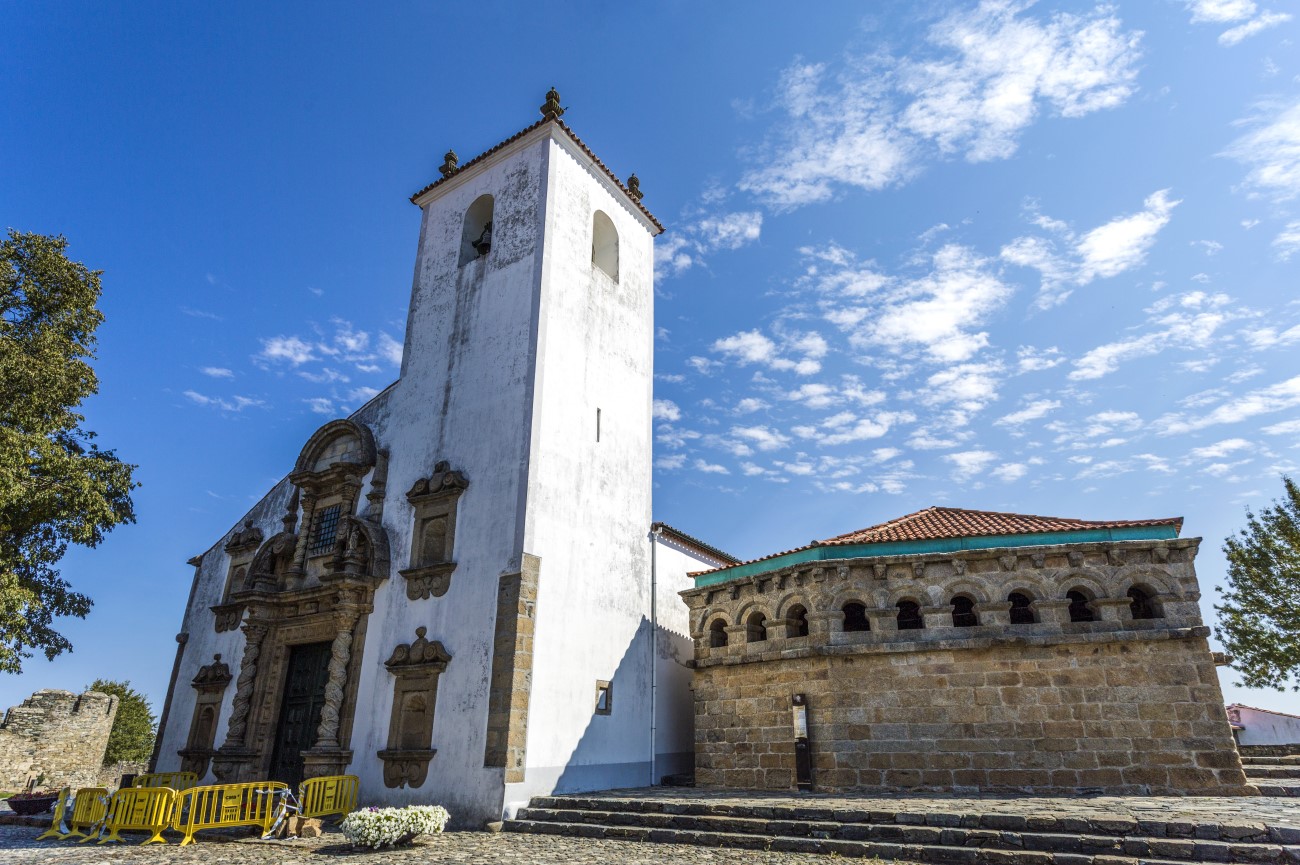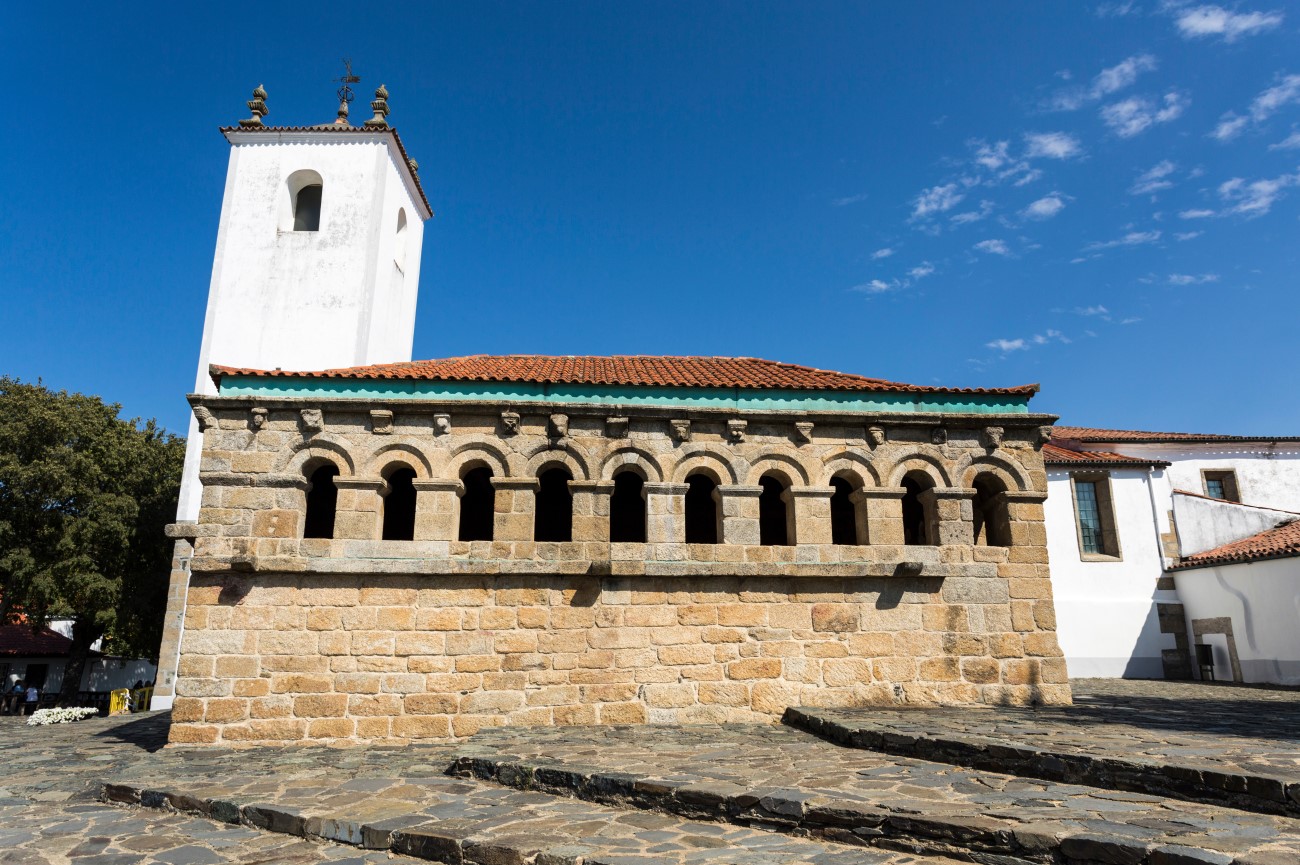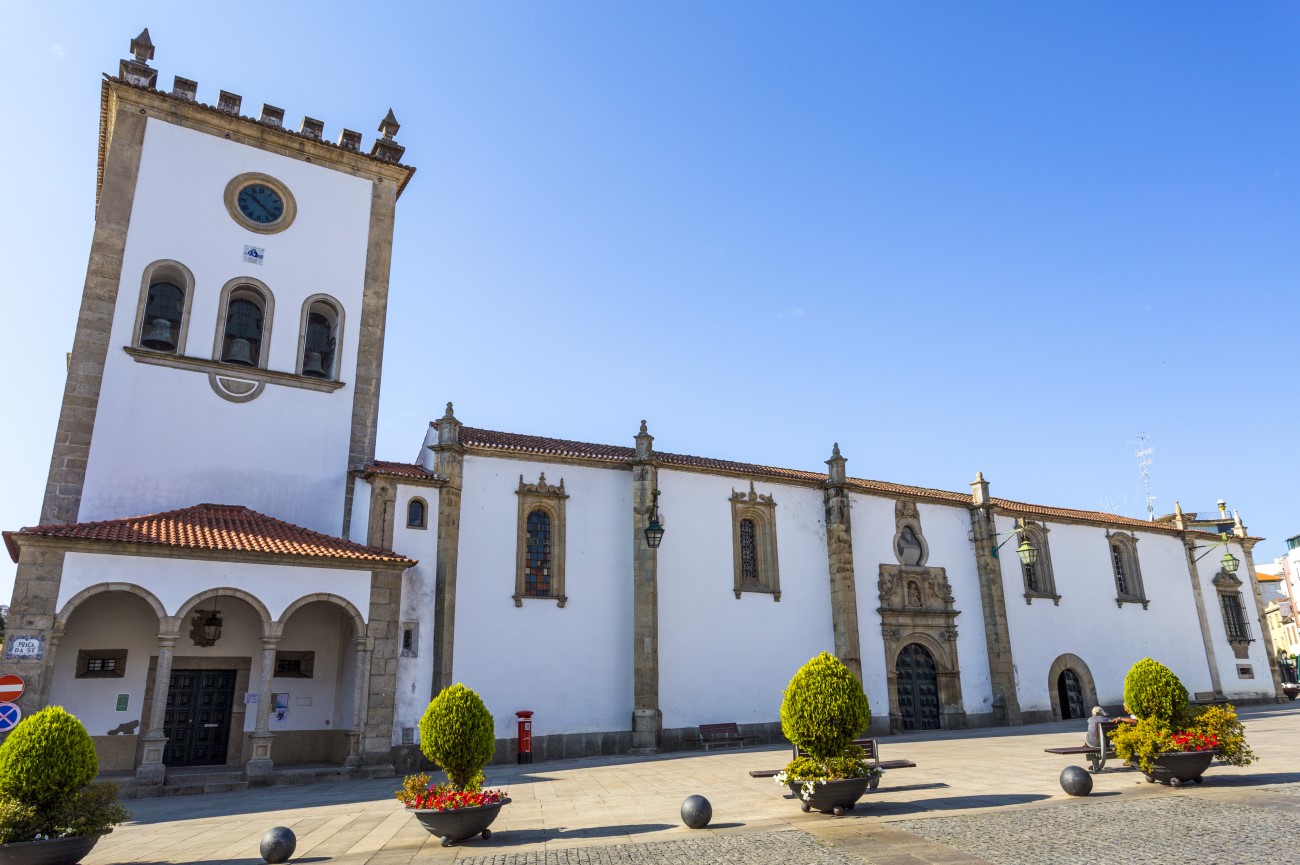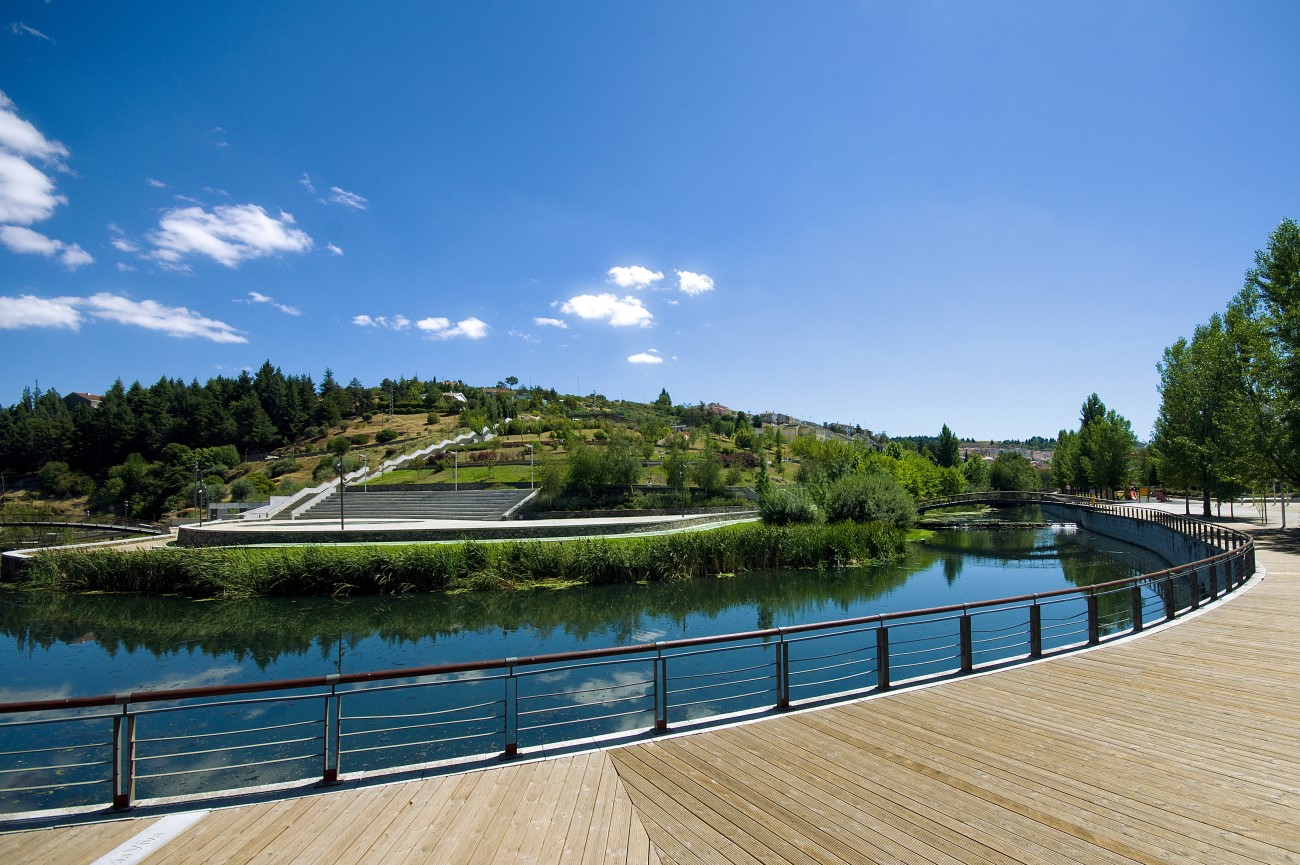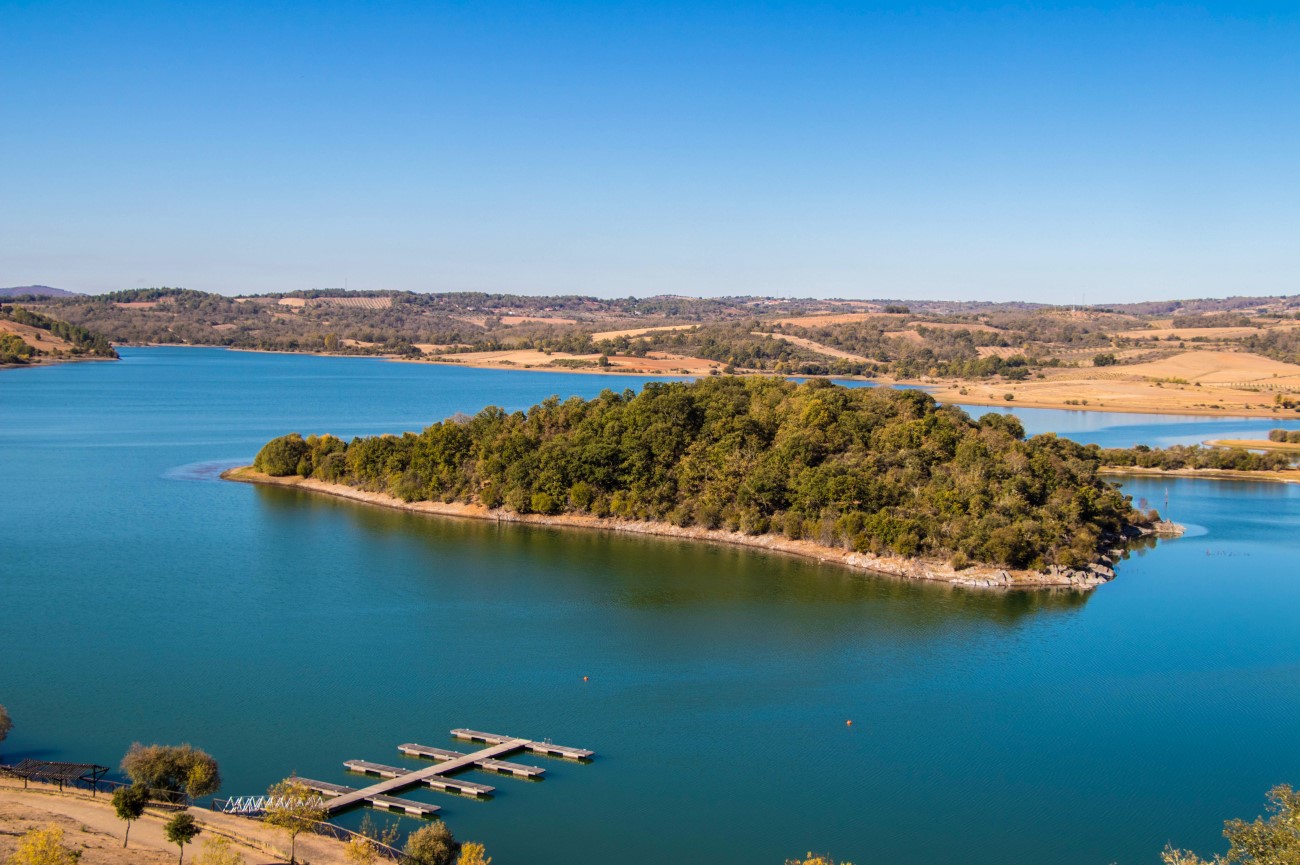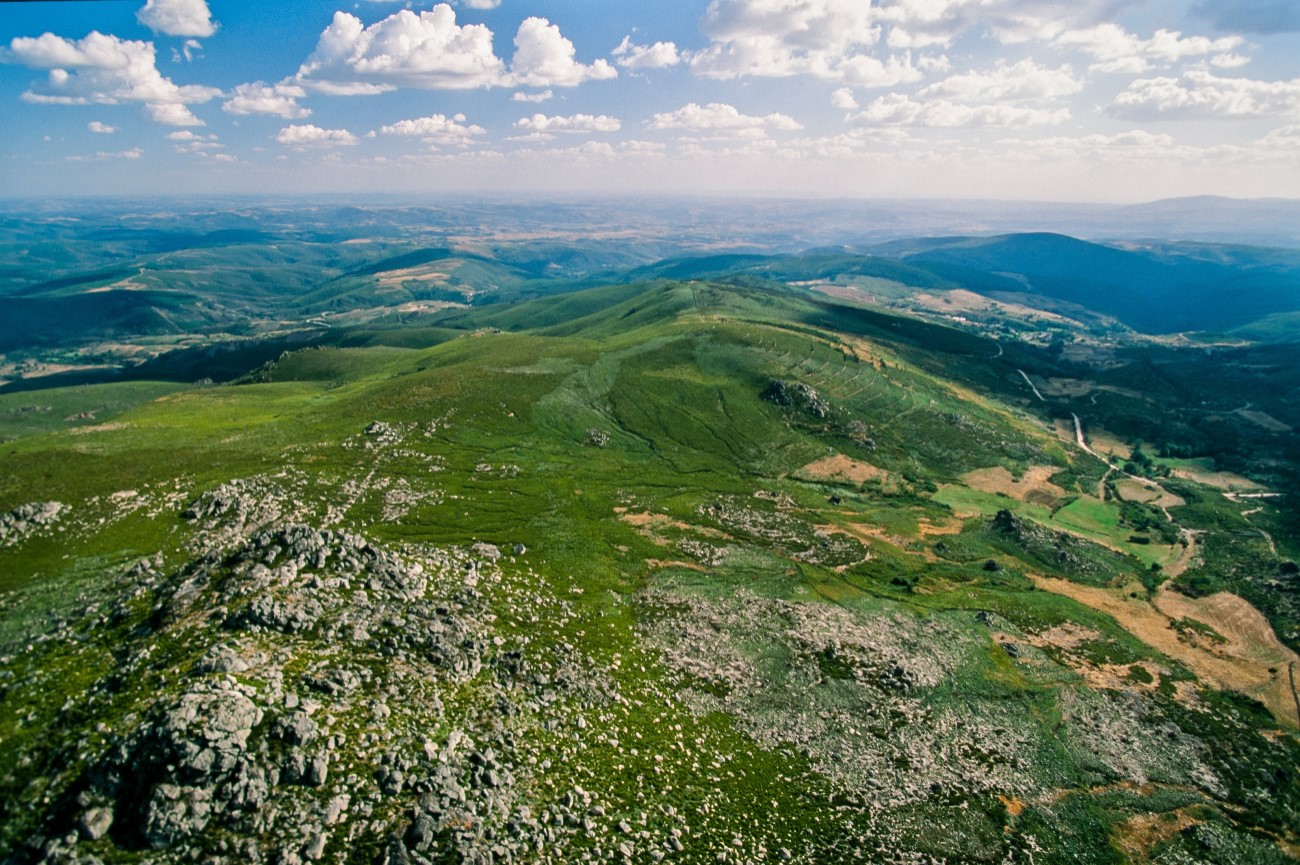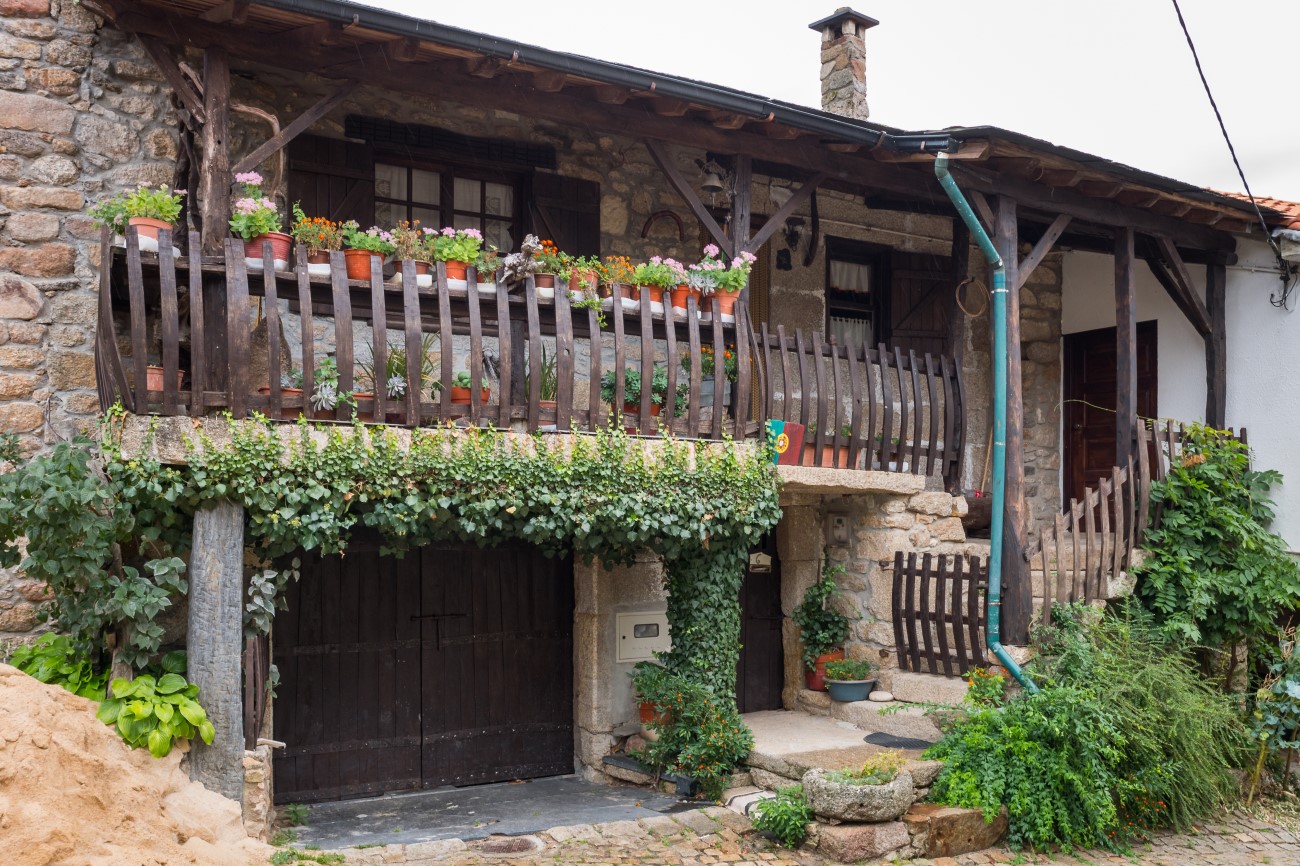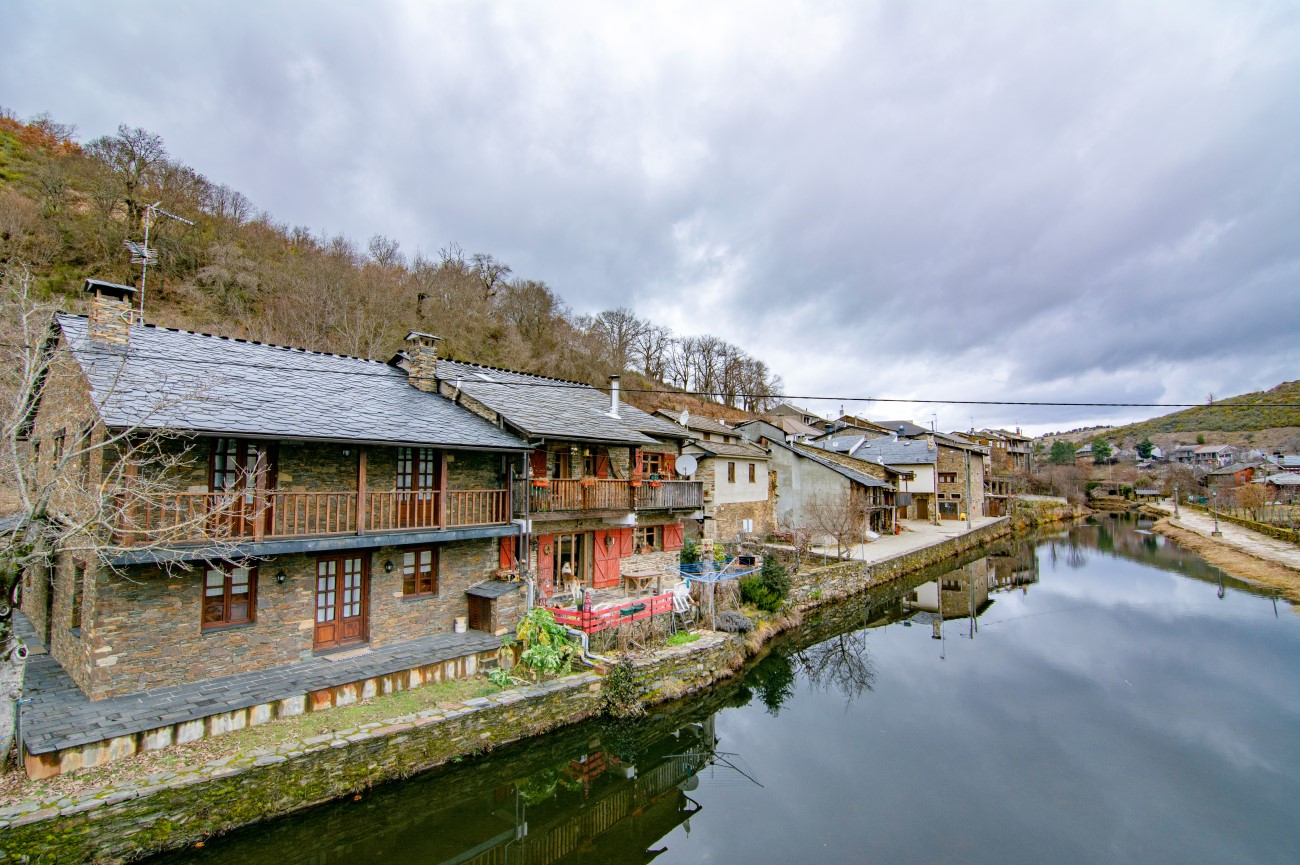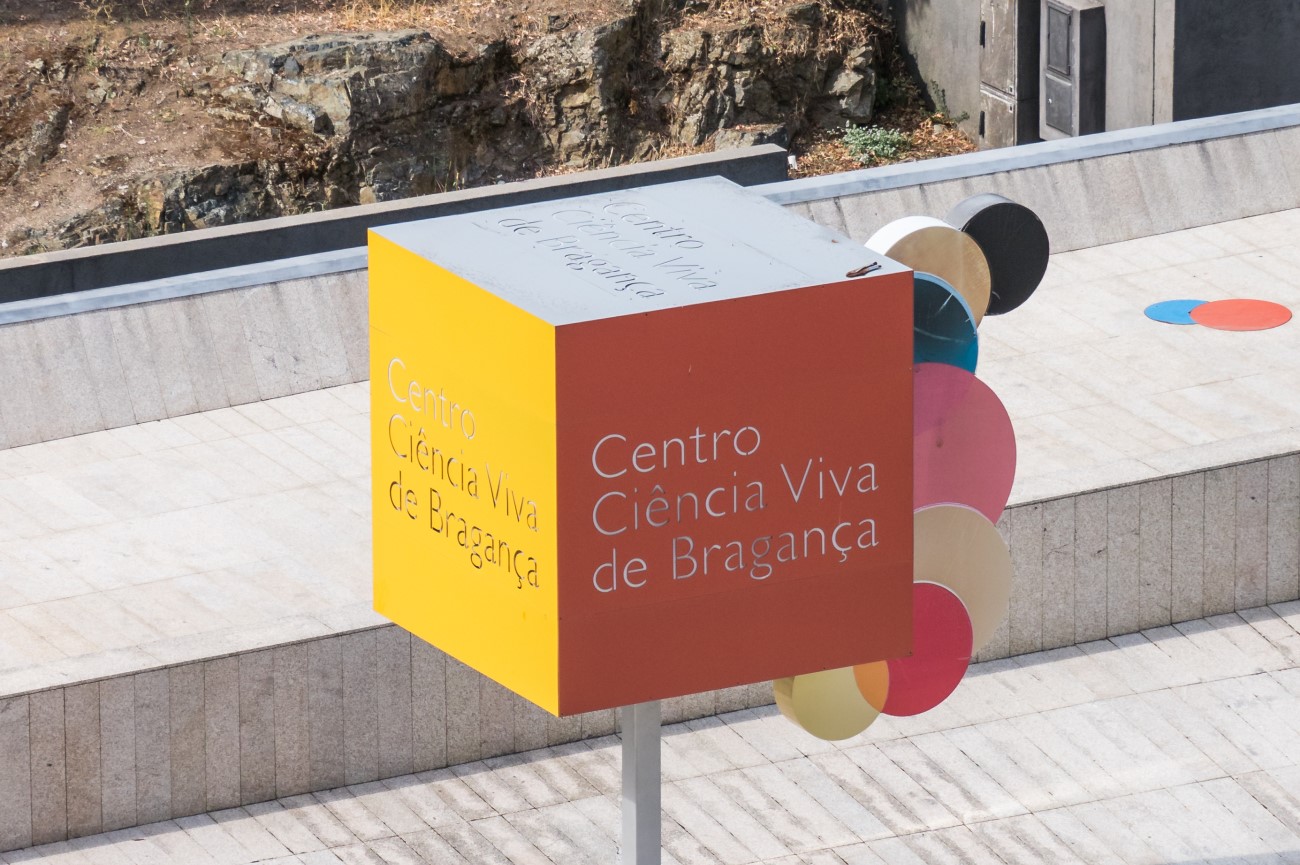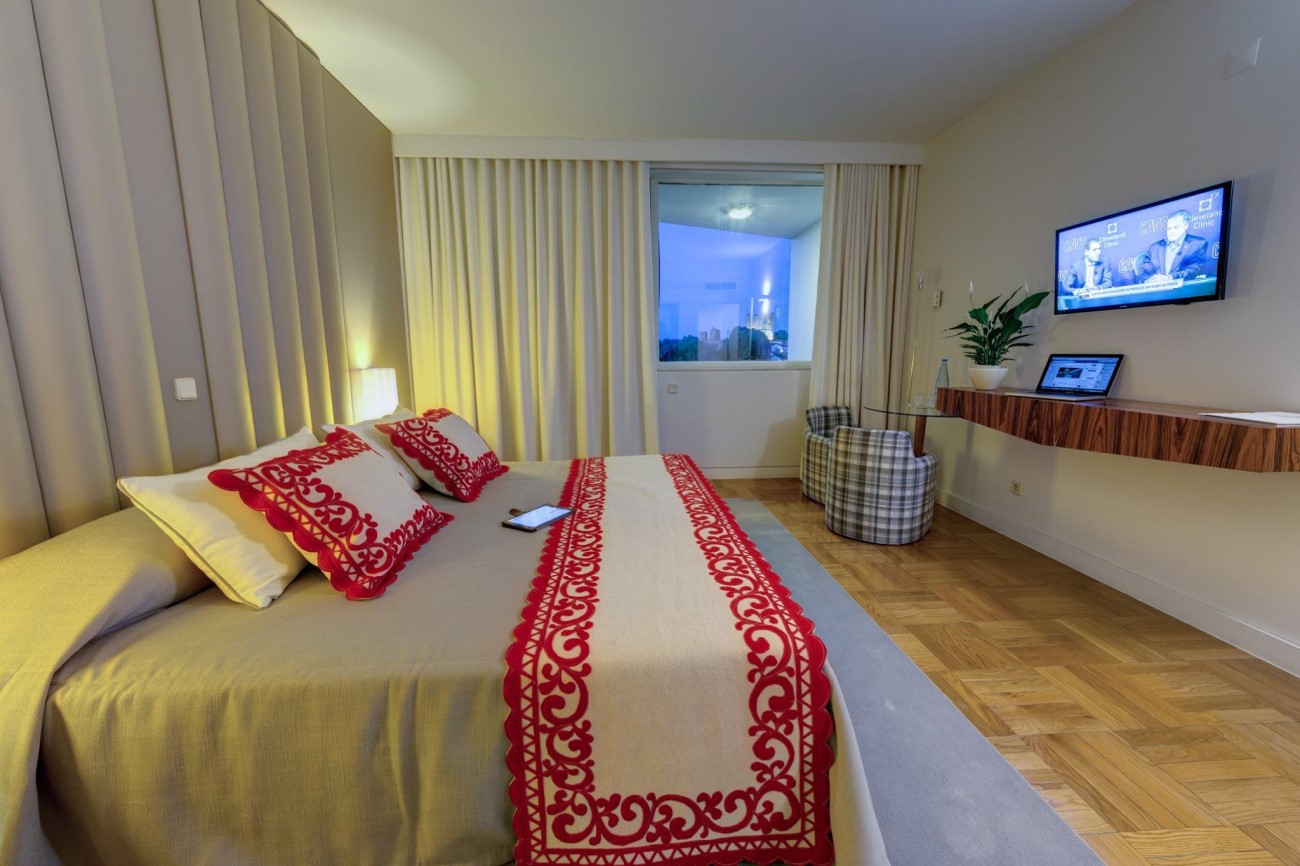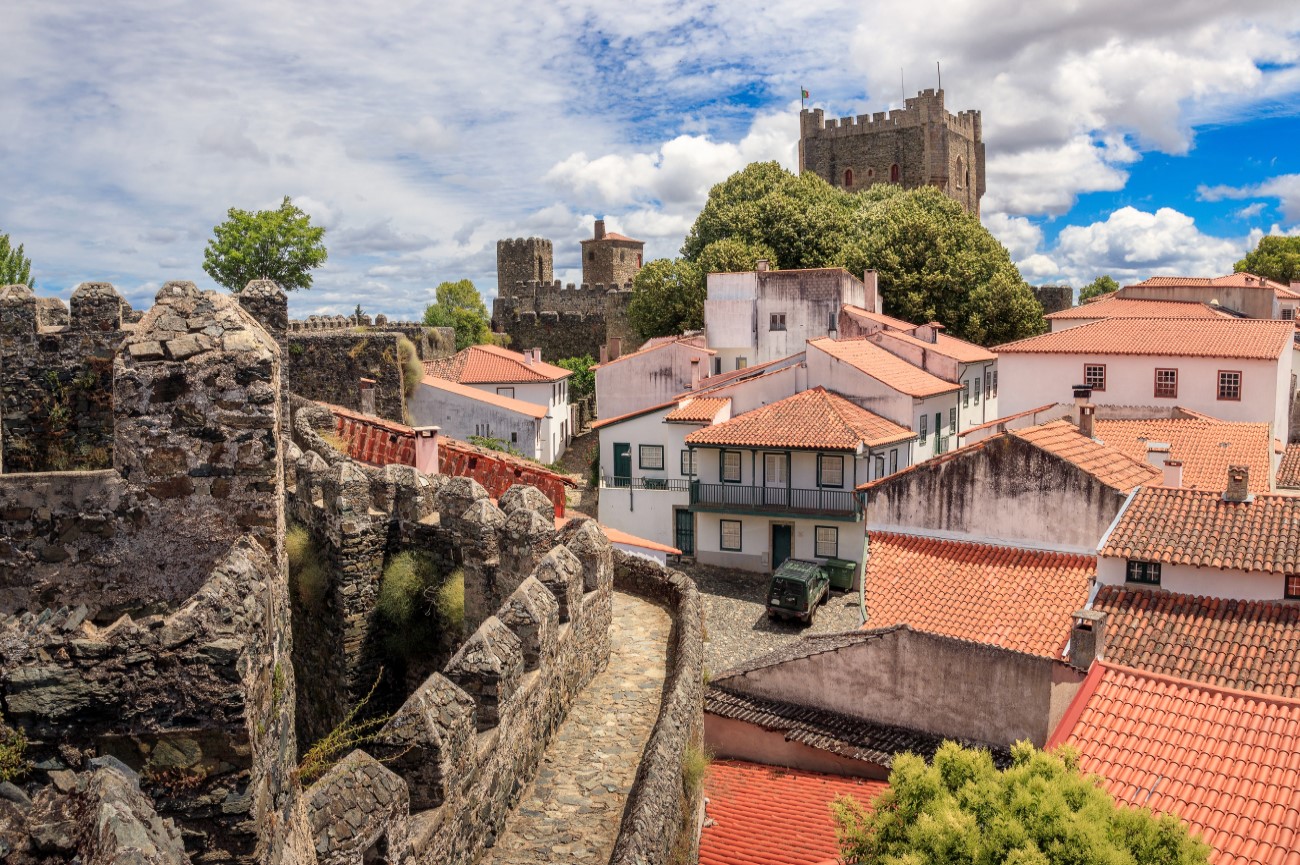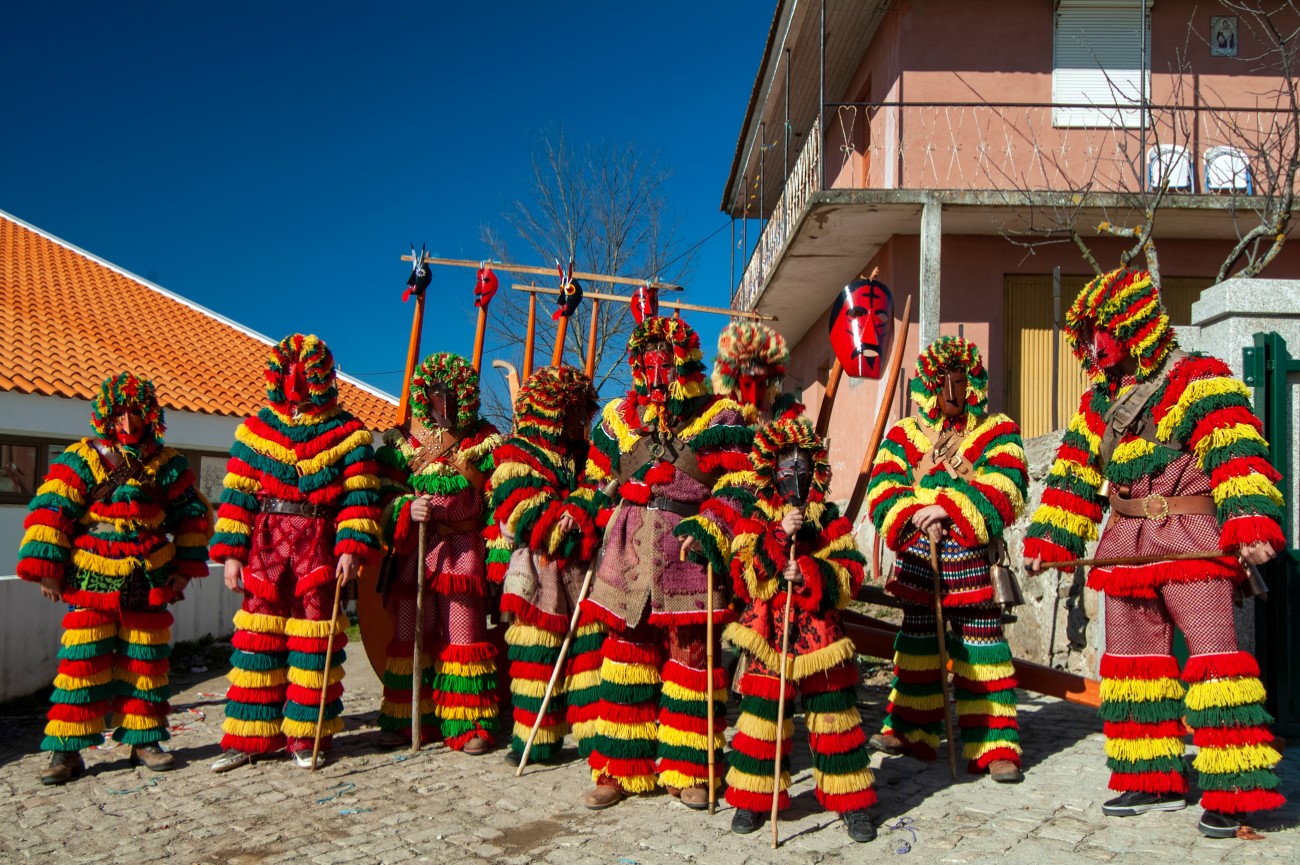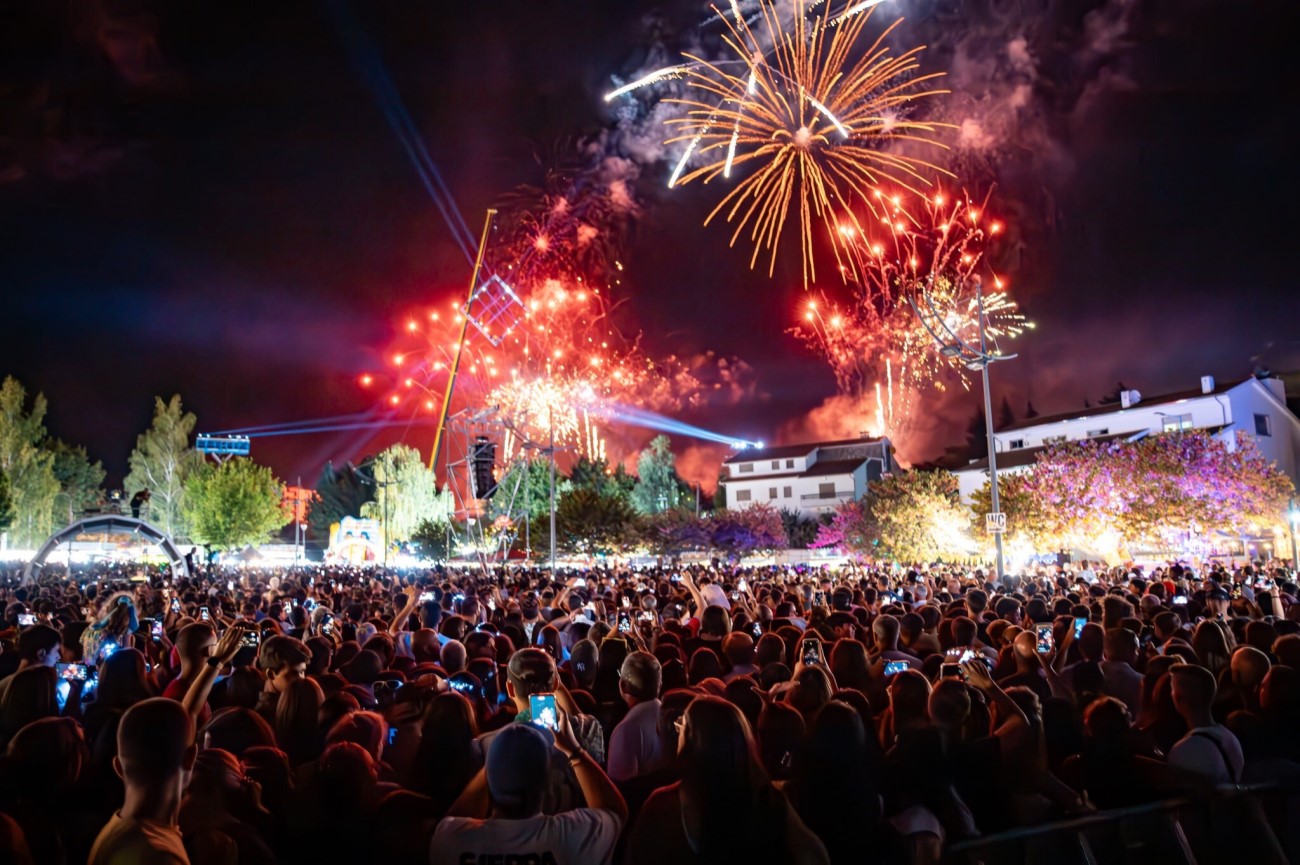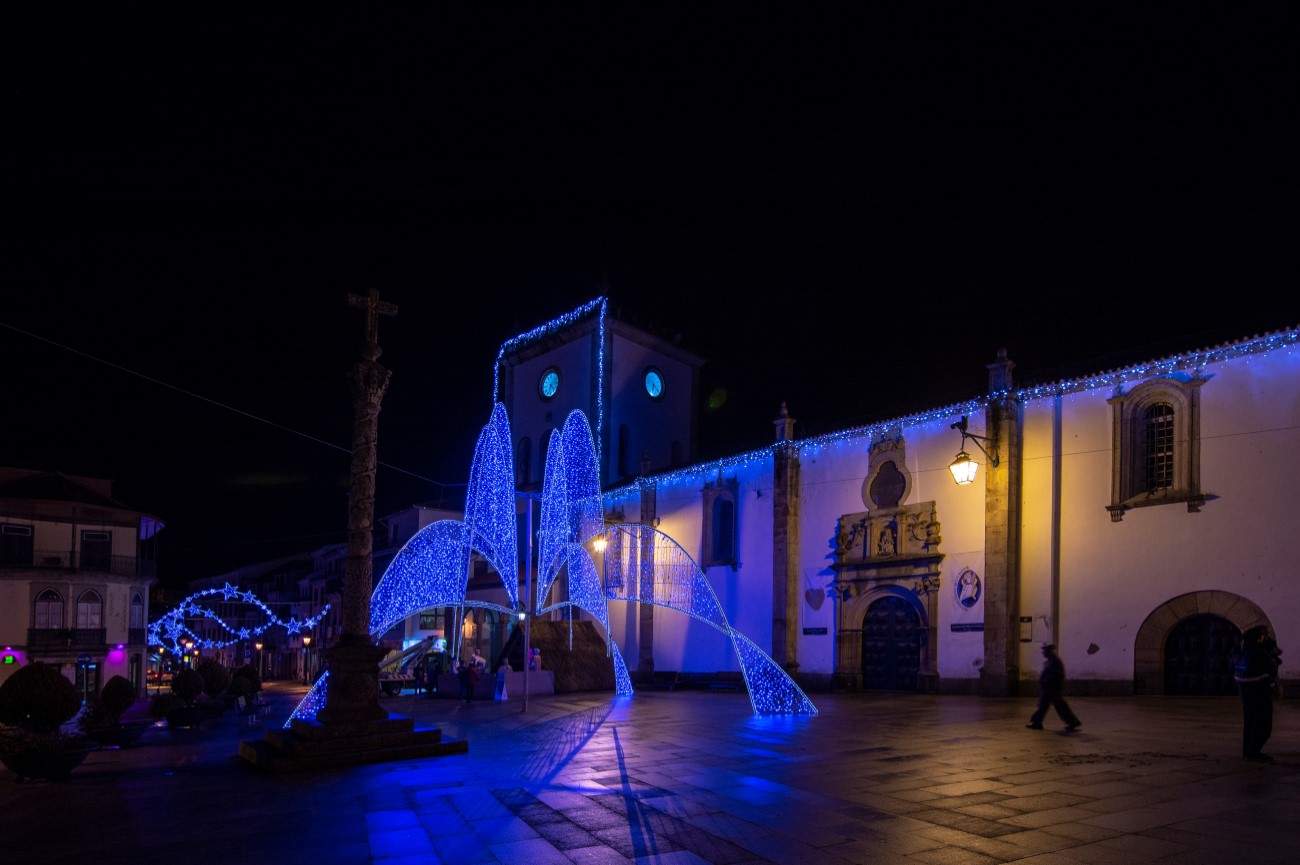Things To Do in Bragança, Portugal
In the region of Trás-os-Montes, just below the Montesinho Natural Park, is Bragança, a historic city of two faces. On one end, there's the old town centre, protected by medieval battlements with a castle perched on a hill; on the other end, the new town, with its whitewashed urban houses and the Fervença river at its feet.
Most of the main attractions in Bragança are within the citadel, but it's worth exploring further out to get in touch with nature and relax on river beaches.
Follow us as we show you the best things to see in Bragança, as well as tips on where to eat and where to stay if you decide to stay the night.
Morning

Step Inside Bragança’s Citadel
Bragança's old town lies within the crenellated walls of a 12th-century citadel. To get there, you'll need to climb up towards the tower. Inside, you'll find a series of restaurants, craft shops and many of the city's landmarks, such as the castle. Dating back to the 15th century, it's one of the signature images of Bragança. It contains a Military Museum, which features a collection of guns, swords and armours, ranging from medieval times to the dictatorship era. Once you've seen the exhibition, make sure to climb the 33-metre-high keep and enjoy the panoramic views over the city and the Montesinho Natural Park. The ramparts are also well-preserved, and you can walk around the centre from up here.
Visit the Igreja de Santa Maria
A few steps from the castle is the Igreja de Santa Maria. Dating back to the 16th-century, it's one of the oldest churches in the city. Modified over the centuries, it features a mix of styles, from the Renaissance to the Baroque. The front doorway stands out with its two ornamented columns, but it's worth stepping inside to see its opulent altar and the vibrant painting depicting the Assumption on the ceiling.
Capture the Domus Municipalis
Next to the church, you'll find the Domus Municipalis. This pentagonal building is one of the few examples of Romanesque architecture in Portugal. Historians are unsure of its precise age, but some estimates point to the 13th or the 14th century. Above the semicircular windows are carved medallions that decorate both the exterior and the interior. The terracotta roof was added in the 20th century during restoration work.
Learn about local festivities at the Museu Ibérico da Máscara e do Traje
Open since 2007, this small museum showcases colourful festival attires used in the region of Trás-os-Montes and Zamora in Spain. Across the three floors, you'll see full costumes used during carnival and other local festivities, as well as a selection of carved wooden masks, all while listening to some traditional music.
See the Old and the New Cathedral
Established in the 16th century, the Igreja de São João Baptista was Bragança's first cathedral. Its Renaissance doorway stands out amid the whitewashed walls, as does the bell tower with its arched windows. Inside, a Baroque gilded altar takes centre stage, and there's access to a small patio surrounded by cloisters.
In 2001, the city gained a new cathedral, located a few steps away from the old one. The Igreja de Nossa Senhora Rainha is a contemporary church designed by architect Vassalo Rosa. It's worth going inside to see the impressive ceramic panel behind the altar.
Morning Tour Map
Afternoon

Follow the Corredor Verde do Fervença
In the afternoon, you can go for a stroll along the Corredor Verde do Fervença. This green walking trail has two sections: one from the Castle to Rua dos Batoques and another from Batoques to Ponte do Fervença. We suggest taking the route from Rua dos Batoques and following it down to the river. You can stop along the way for a picnic or sit on a bench admiring the views.
Admire the Igreja de Castro de Avelãs
It's worth making a trip to Castro de Avelãs, on the outskirts of Bragança, to see this impressive Benedictine monastery. Built around the 12th century, it sticks out with its three apse chapels. The exterior walls feature a pattern of blind arcades that is unlike any other monastery in the country. Attached to this prominent structure is a humble church from the 18th century.
Relax at Albufeira do Azibo
Head south from Bragança, and you'll end up in this incredible water reservoir. Albufeira do Azibo is a protected landscape and home to a variety of bird species, from eagles to herons and storks. It's a great area for birdwatching, and there are plenty of signposted trails for cycling and hiking. In the summer, locals flock to the reservoir to swim at Fraga da Pegada or Praia da Ribeira, two exceptional beaches surrounding the lake. It's also possible to rent canoes and pedal boats. If you come during the Carnival season, make sure to stop by the village of Podence and join the traditional folklore celebrations.
Afternoon Tour Map
Other Things To Do in Bragança
If you're spending a few days in the city, there are more places you can visit. You can go to other museums like the Museu do Abade de Baçal or the Centro de Arte Contemporânea Graça Morais.
The first one features paintings and religious artefacts. The other is a contemporary art museum dedicated to the Portuguese painter Graça Morais.
Nature-lovers
should head north and explore the Montesinho Natural Park. This
protected landscape stretches for over 70,000 hectares and brims with
wildlife. You can spot many species here, from the Iberian wolf on the
hills to the otters down by the river. It's the perfect location for
hiking and cycling, and there are several trails to follow.
In the summer, you can go for a swim in a river beach like Praia Fluvial de Fresulfe or Praia da Soeira. Within the park are also a few remote villages that are worth the visit, such as Montesinho and Rio de Onor. The first one houses the interpretation centre for the park, while the latter is right in the middle of the border with Spain, with schist houses lining both sides of the river.
Things to do with kids in Bragança
There are several things to do with kids in Bragança. Families will have fun exploring the city’s castle and admiring the colourful masks and costumes at the Museu Ibérico da Máscara e do Traje.
On the outskirts is the Centro Ciência Viva de Bragança, an interactive museum with plenty of science games. The museum also includes the Casa da Seda, which features an exhibit about traditional silk production in the region.
If you prefer to be around nature, you can go for a hike around the Montesinho Natural Park, interact with animals at the Parque Biológico de Vinhais or gaze at the stars along the Parque Natural Regional do Vale do Tua.
Where To Eat In Bragança
There are many restaurants in Bragança where you can enjoy lunch or dinner, some in the centre and others further out.
If you want a meal near the centre, Solar Bragancano is your best choice. Set opposite Bragança’s old cathedral, this traditional restaurant specialises in game dishes, such as wild boar and pheasant. In the summer, you can enjoy a seat in their outdoor terrace.
Also in the area is O Batoque, a small tavern with a menu dedicated to mushrooms. It’s only open for dinner, but it’s worth the visit if you’re in town.
Further from the centre, there are three other restaurants that we recommend: O Abel, Bela Época and O Careto. Located in the village of Gimonde, O Abel is a restaurant and a hotel. It serves delicious grilled meat dishes and homemade desserts like the chestnut pie.
Bela Época is hidden away near Bragança’s racing track, but it’s worth heading this way to try their codfish or meat skewers.
Finally, there’s O Careto, a restaurant located within the Montesinho Natural Park where you can try the Posta Mirandesa , a meat dish typical from this region.
Where To Stay In Bragança
From boutique hotels to rural properties surrounded by nature, Bragança offers a variety of accommodation options. Below are a few of our suggestions:
- Pousada São Bartolomeu - Perched on a hill overlooking the city, this charming hotel offers a restaurant and an outdoor swimming pool. It has 28 spacious rooms, all featuring a balcony with views of Bragança’s castle, the old town or the rural landscape. You can walk from the hotel to the city’s main attractions.
- O Abel - As we mentioned above, this is a restaurant and a hotel located in the village of Gimonde, 9 km away from Bragança. There are only four rooms here, all facing a quiet garden with olive trees. Every day guests can enjoy a delicious breakfast with local products, and there’s free parking on-site.
- A Lagosta Perdida - Located within the Montesinho Natural Park, you’ll find this cosy country house. It contains six double rooms featuring exposed stone walls and wooden floors. During your stay, you can use the heated outdoor swimming pool, rent a bike or take a hike along the park. Nearby is also a horse riding school. Breakfast and dinner are included in the reservation.
Best time to visit Bragança
The weather in Bragança varies tremendously from winter to summer, with temperatures ranging from 0ºC to 30ºC. Spring is the ideal time to visit if you want to catch the traditional carnival, while summer is perfect for outdoor activities such as swimming and hiking. If you’re lucky, you may catch some warmer days in early autumn too. Winter, however, can be quite cold, and some areas may even experience snow.
Bragança Festivals
- Carnival: Around February or March, Bragança celebrates carnival with a big parade. The event features the caretos, people dressed in colourful fringed outfits and devilish masks, all crafted by local artisans. It usually starts at Praça Cavaleiro Ferreira in the afternoon and ends near the city’s castle. There’s another parade on Ash Wednesday where men dressed up as characters that represent Death, Devil or Censorship. If you want a more rural setting, head to the village of Podence to witness this annual event.
- Festas de Bragança: In mid August, the city hosts this week-long festival, which includes concerts, religious processions and fireworks. Most of the events take place at the Parque Eixo Atlântico.
- Festas de Inverno: The Caretos make a second appearance around Christmas time in the villages surrounding Bragança. The festivities begin in Varge and Aveleda on the 25th of December and end around the 6th of January in Rio de Onor and Rebordaínhos.


